James Casebere captures Luis Barragán’s architecture in miniature

‘In the gardens and homes I have designed I have always tried to allow for the interior placid murmur of silence,’ said Luis Barragán in his 1980 Pritzker Prize acceptance speech. In a new body of work by the American artist James Casebere, that silence sings.
‘Emotional Architecture’, on view through 11 March at New York gallery Sean Kelly, explores the concepts that Barragán cherished — serenity, silence, intimacy, amazement — as essential for private life yet lacking in an International Style of shadowless glass boxes. Casebere’s large-scale photographs immerse the viewer in the Mexican architect’s stark facades, vibrant colours, natural materials, and extraordinary apertures while opening up enchanting new corridors between the vernacular and the spiritual.

Reception Room – Casa Galvez, 2017,
‘I intuitively gravitated to Barragán, having known and appreciated his work for a long time, and started with an image of his house and studio,’ says Casebere, who created a table-sized foamcore model of the concrete building and then photographed it — a method he has previously used to interrogate spaces ranging from prison cells to Thomas Jefferson’s Monticello. ‘I was interested in creating a space that was contemplative and solitary and beautiful, without the associations of confinement.’
The stunning images, which also depict models of Barragán’s Casa Prieto-López, Casa Gálvez, and Casa Gilardi (a career-spanning greatest hits sampler), delight the eye while gently vexing the rest of the brain. Amid the clear, bright planes of colour and Photoshop-straightened lines, touches of the handmade proudly remain for those who look close enough: would-be wooden floorboards gradually reveal their forced perspective, a grassy patch snaps into focus as the scrubby faux turf traversed by model trains, a speckled black floor shows itself as a square of carpet padding.
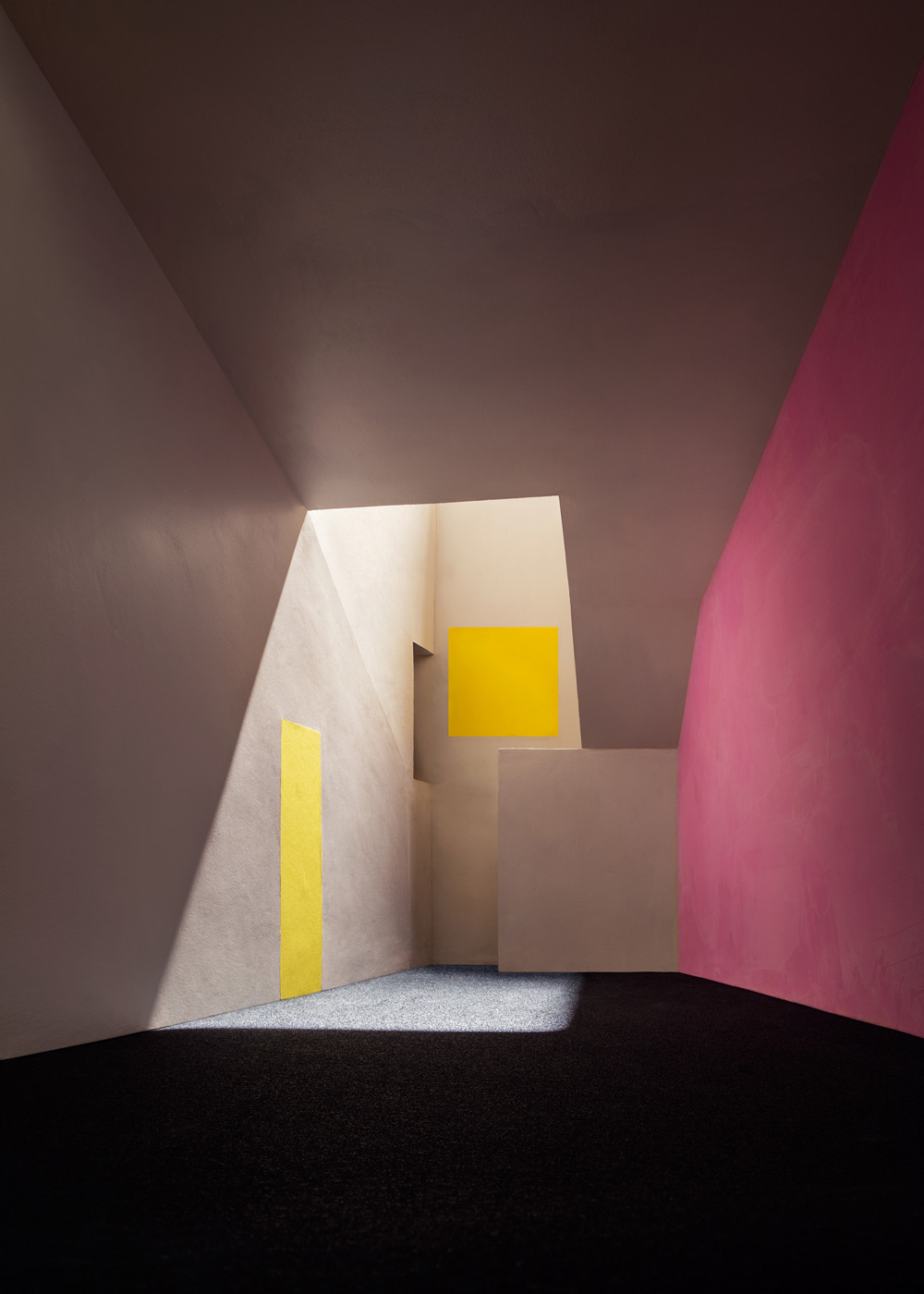
Vestibule, 2016,
‘I change the architecture in many cases to suit the photograph, and also philosophically I eliminate things or I emphasise things,’ explains Casebere, who decided to strip away all of Barragán’s staircases. ‘I just have this association with them, that it’s transcendental or somehow religious in association, so I took every staircase out of every space, and yet I left the crosses, because formally they’re so important.’ One such cross takes the form of wooden girders supporting the floor-to-ceiling window in Living Room (2017); it is one of a family of linear elements that rhyme with the photographs’ dark wood frames.
A counterpoint to the colourful, sun-dappled joy of the exhibition’s main room of ten photographs is the chilly and chilling Grandstand (2016), which gets a darkened front space all to itself. Framed by an ominous thicket of flags and grey clouds, a granite podium stands empty, with a trio of microphones assembled in anticipation of a barking ideologue. ‘It’s based on Albert Speer’s podium or grandstand at Nuremberg,’ says Casebere. ‘That’s in the show just because of this moment, politically. I felt that I had to bring it in.’ And so Barragán’s serene silence is juxtaposed with the garish cacophony of President Trump.
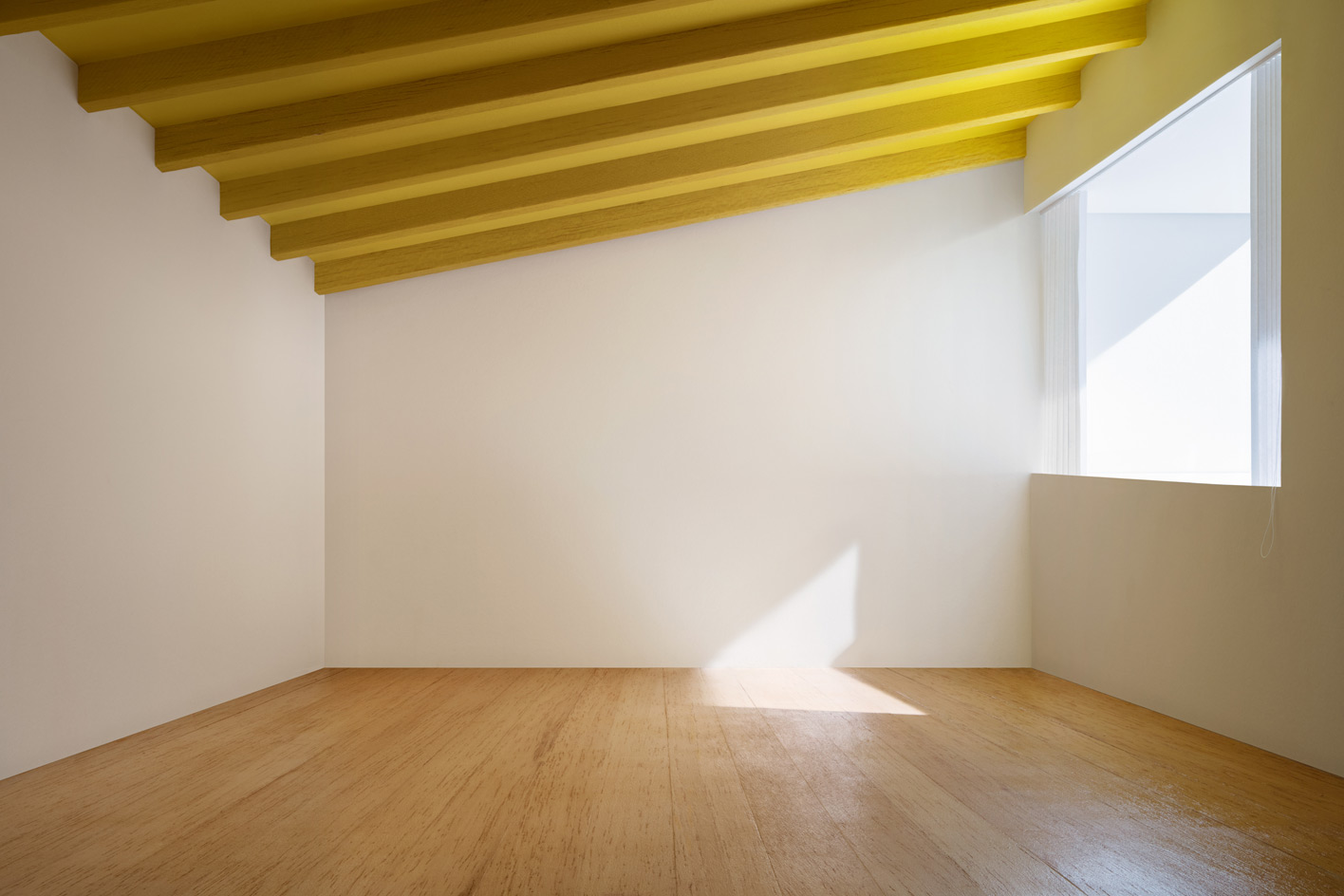
Empty Studio, 2017,
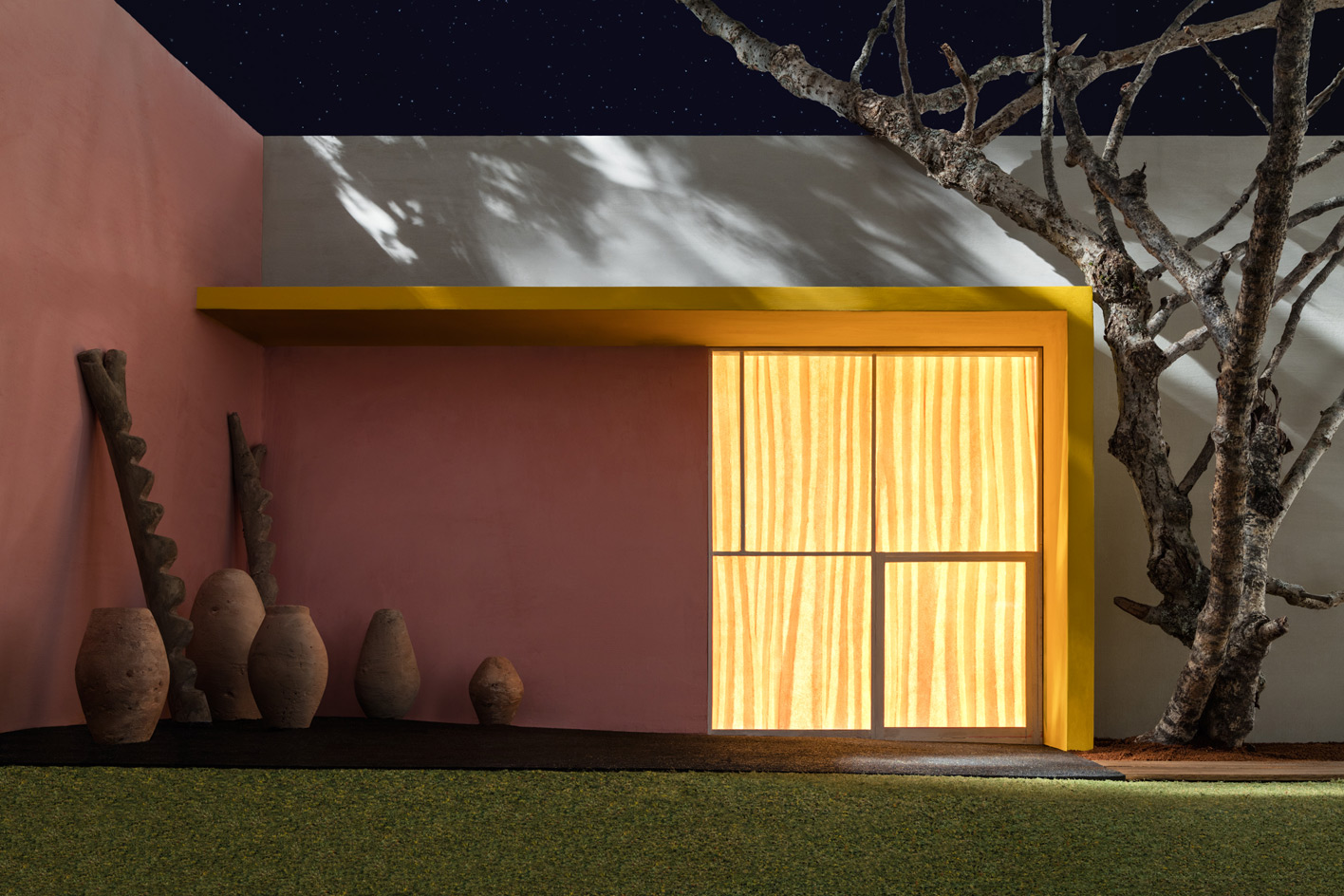
Yellow Overhang with Patio, 2016,
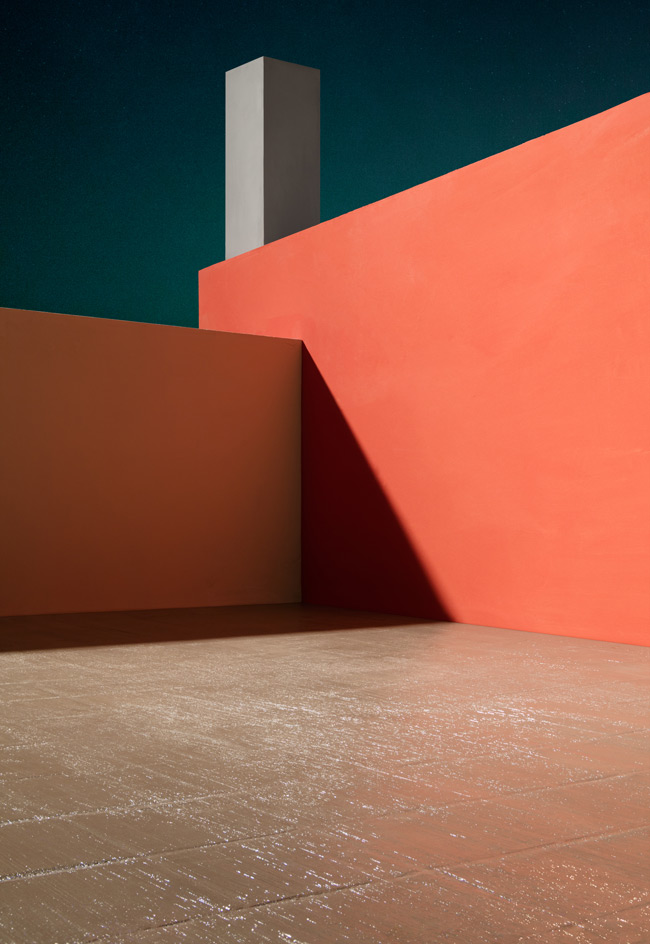
Courtyard with Orange Wall, 2017,
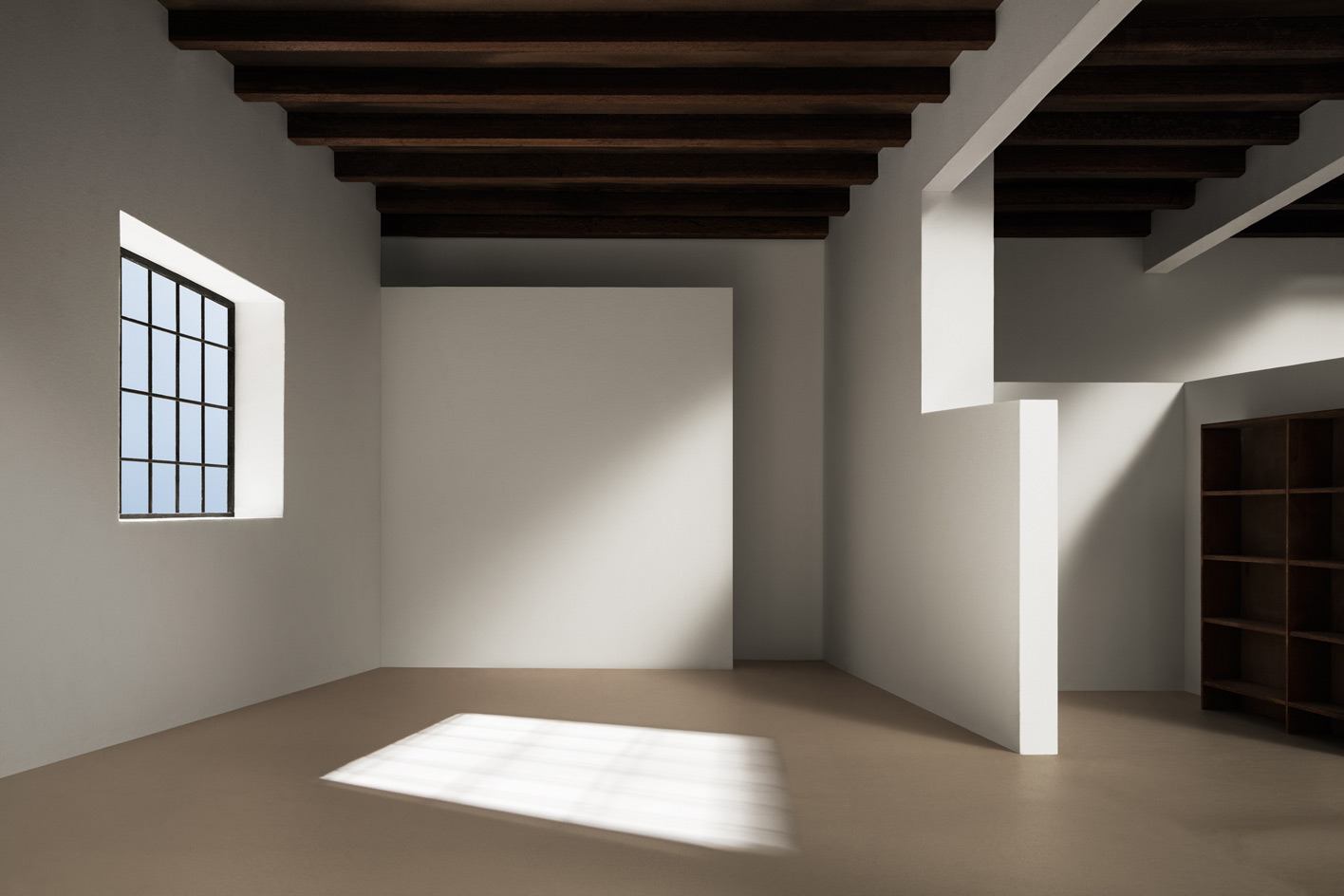
Library, 2017,
INFORMATION
‘Emotional Architecture’, until 11 March, Sean Kelly Gallery. skny.com
ADDRESS
Sean Kelly Gallery
475 10th Avenue
New York
Receive our daily digest of inspiration, escapism and design stories from around the world direct to your inbox.
Stephanie Murg is a writer and editor based in New York who has contributed to Wallpaper* since 2011. She is the co-author of Pradasphere (Abrams Books), and her writing about art, architecture, and other forms of material culture has also appeared in publications such as Flash Art, ARTnews, Vogue Italia, Smithsonian, Metropolis, and The Architect’s Newspaper. A graduate of Harvard, Stephanie has lectured on the history of art and design at institutions including New York’s School of Visual Arts and the Institute of Contemporary Art in Boston.
-
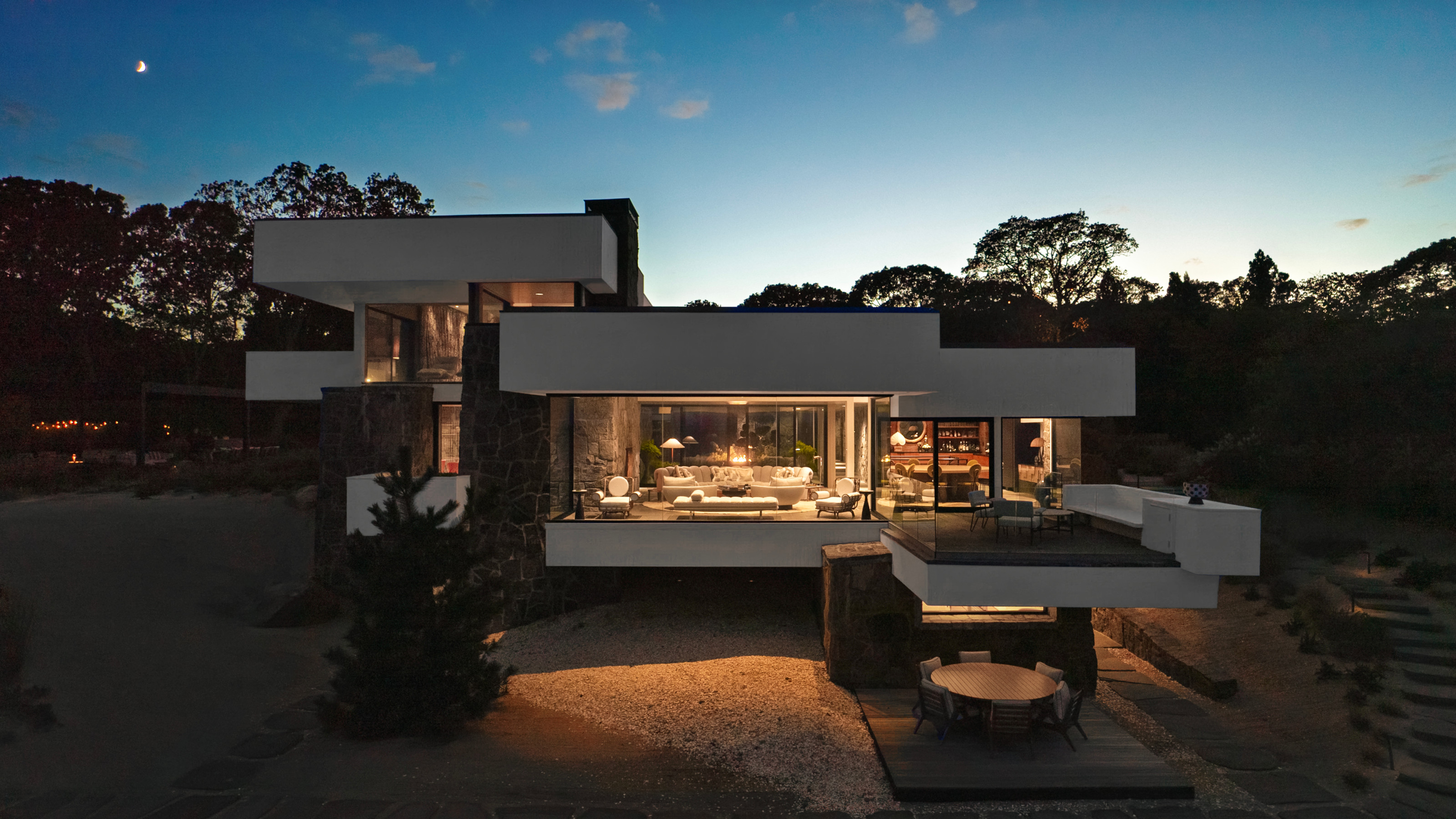 Modernism for sale: a Norman Jaffe-designed icon on Shelter Island hits the market
Modernism for sale: a Norman Jaffe-designed icon on Shelter Island hits the marketThe Osofsky House epitomised the glamour of high-end 70s modernism on Long Island. Now updated and refurbished, it’s back on the market for the first time in over two decades
-
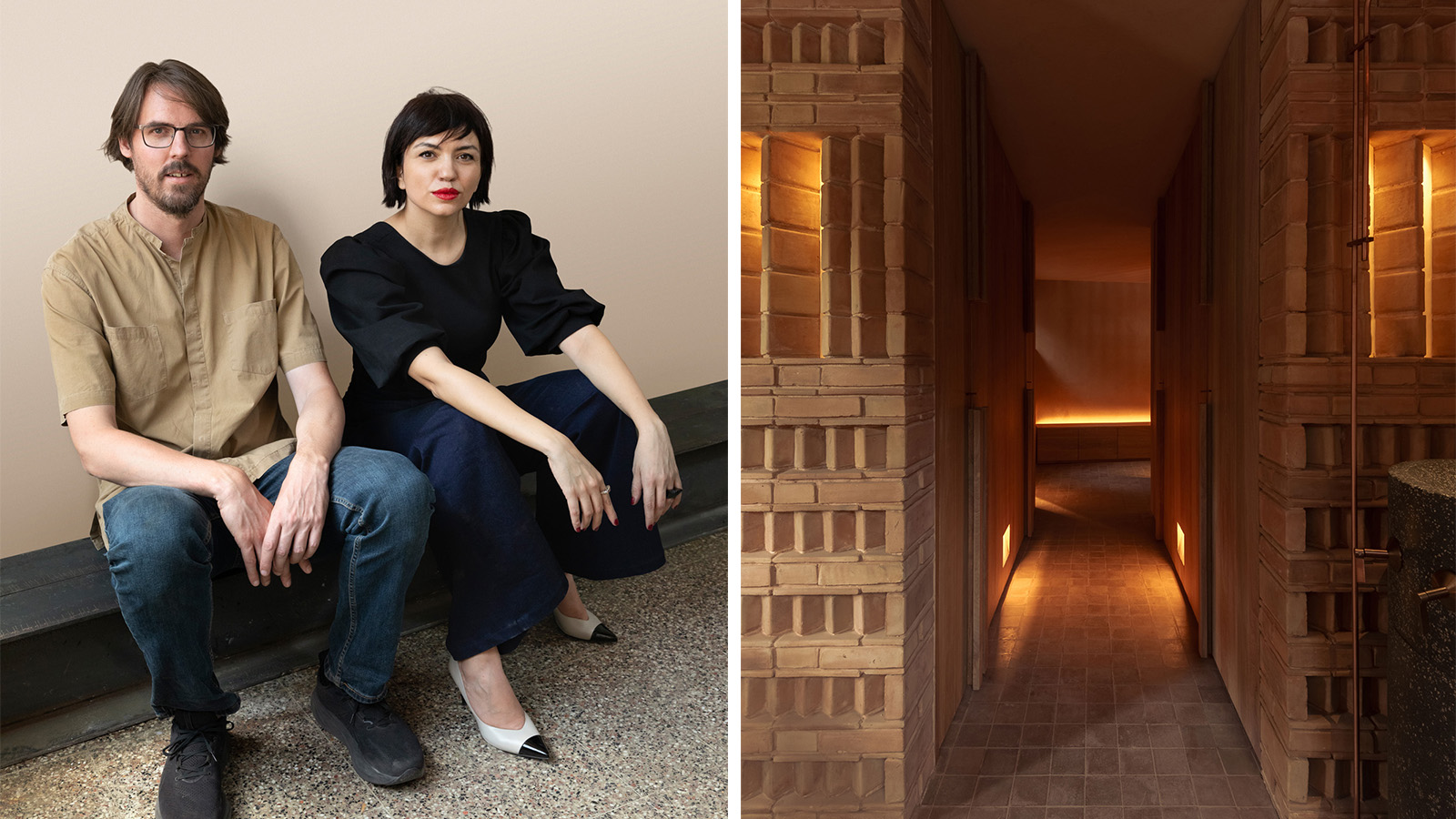 Discover Locus and its ‘eco-localism' - an alternative way of thinking about architecture
Discover Locus and its ‘eco-localism' - an alternative way of thinking about architectureLocus, an architecture firm in Mexico City, has a portfolio of projects which share an attitude rather than an obvious visual language
-
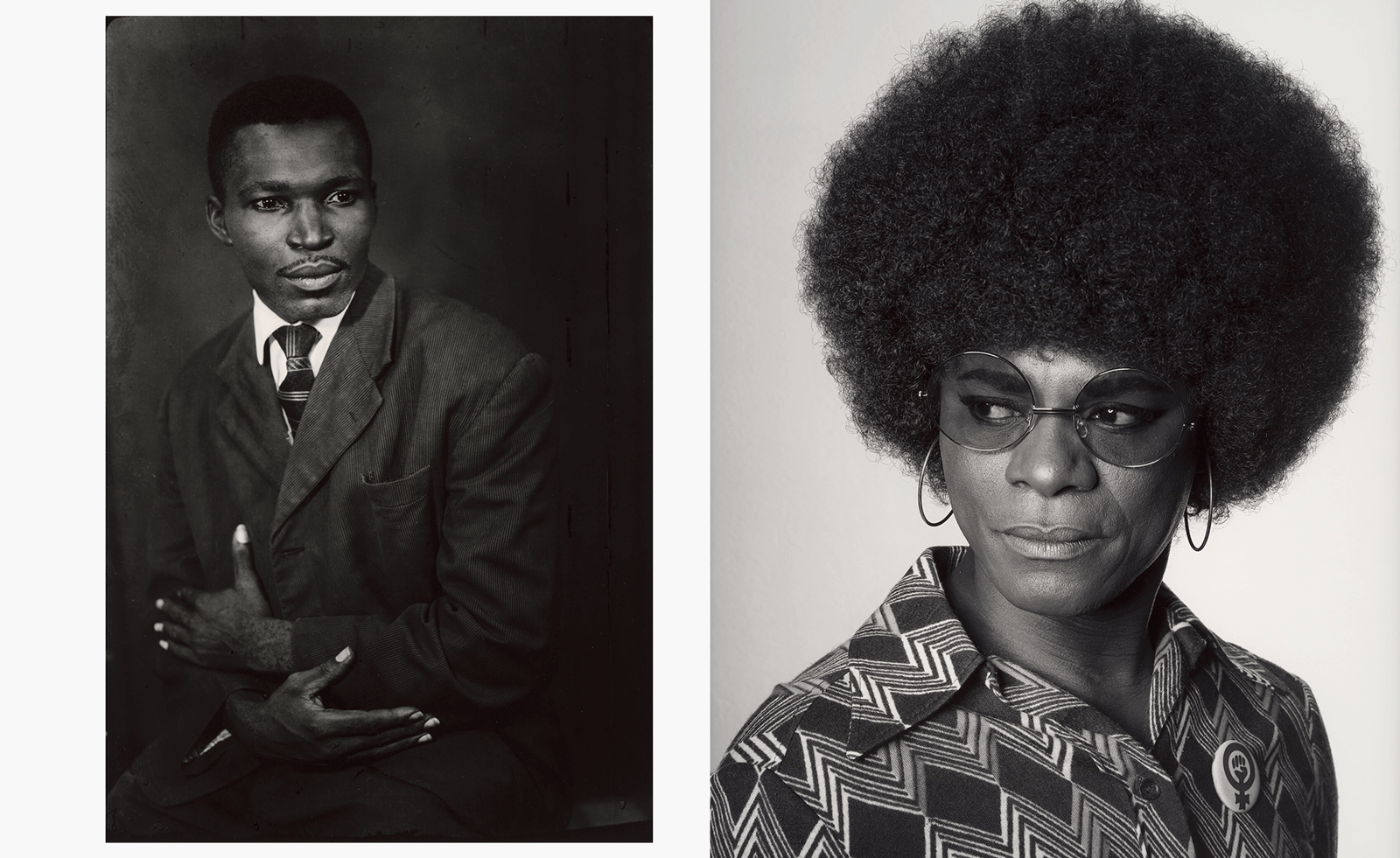 MoMA celebrates African portraiture in a far-reaching exhibition
MoMA celebrates African portraiture in a far-reaching exhibitionIn 'Ideas of Africa: Portraiture and Political Imagination' at MoMA, New York, studies African creativity in photography in front of and behind the camera
-
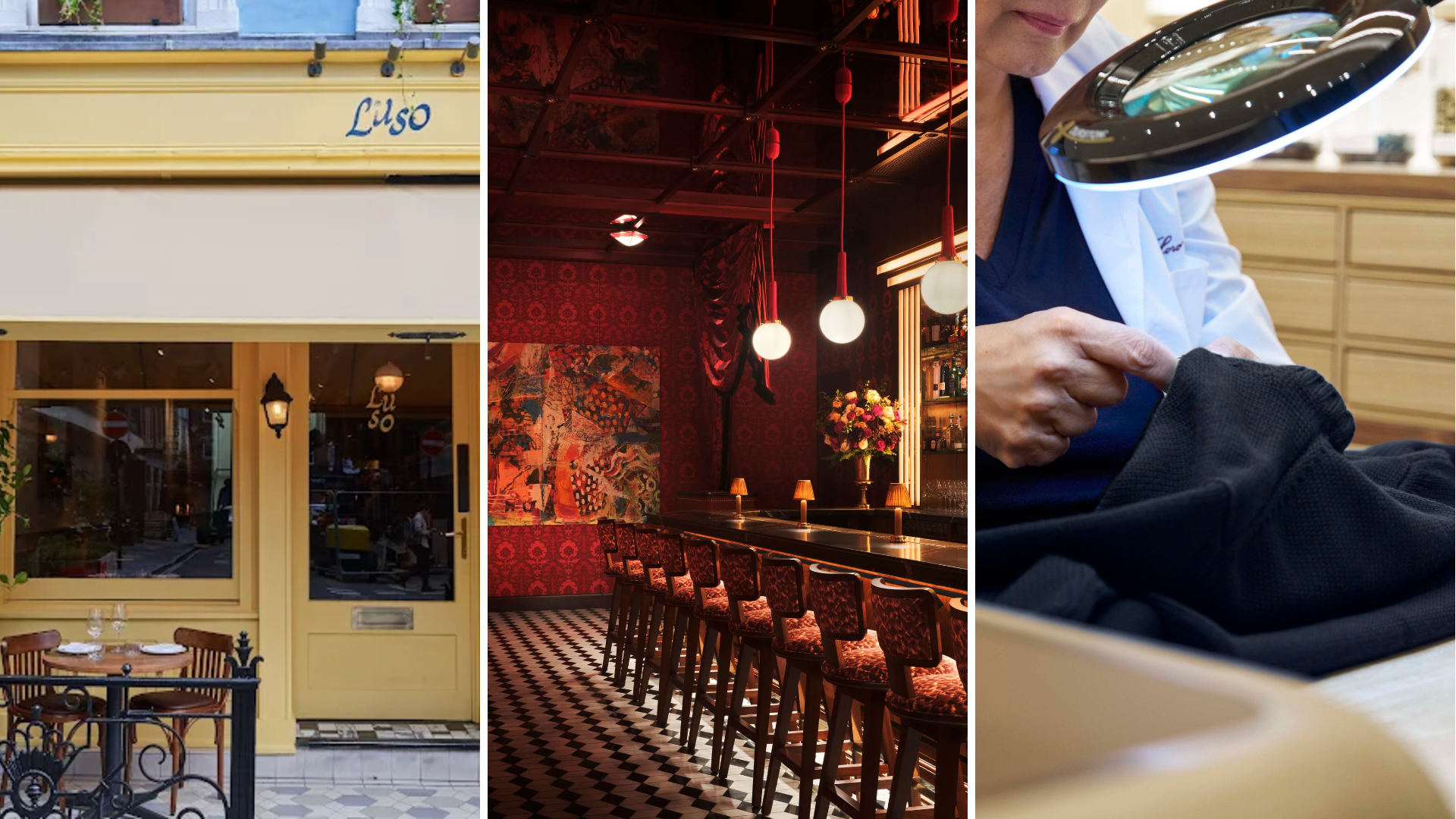 Out of office: The Wallpaper* editors’ picks of the week
Out of office: The Wallpaper* editors’ picks of the week'Tis the season for eating and drinking, and the Wallpaper* team embraced it wholeheartedly this week. Elsewhere: the best spot in Milan for clothing repairs and outdoor swimming in December
-
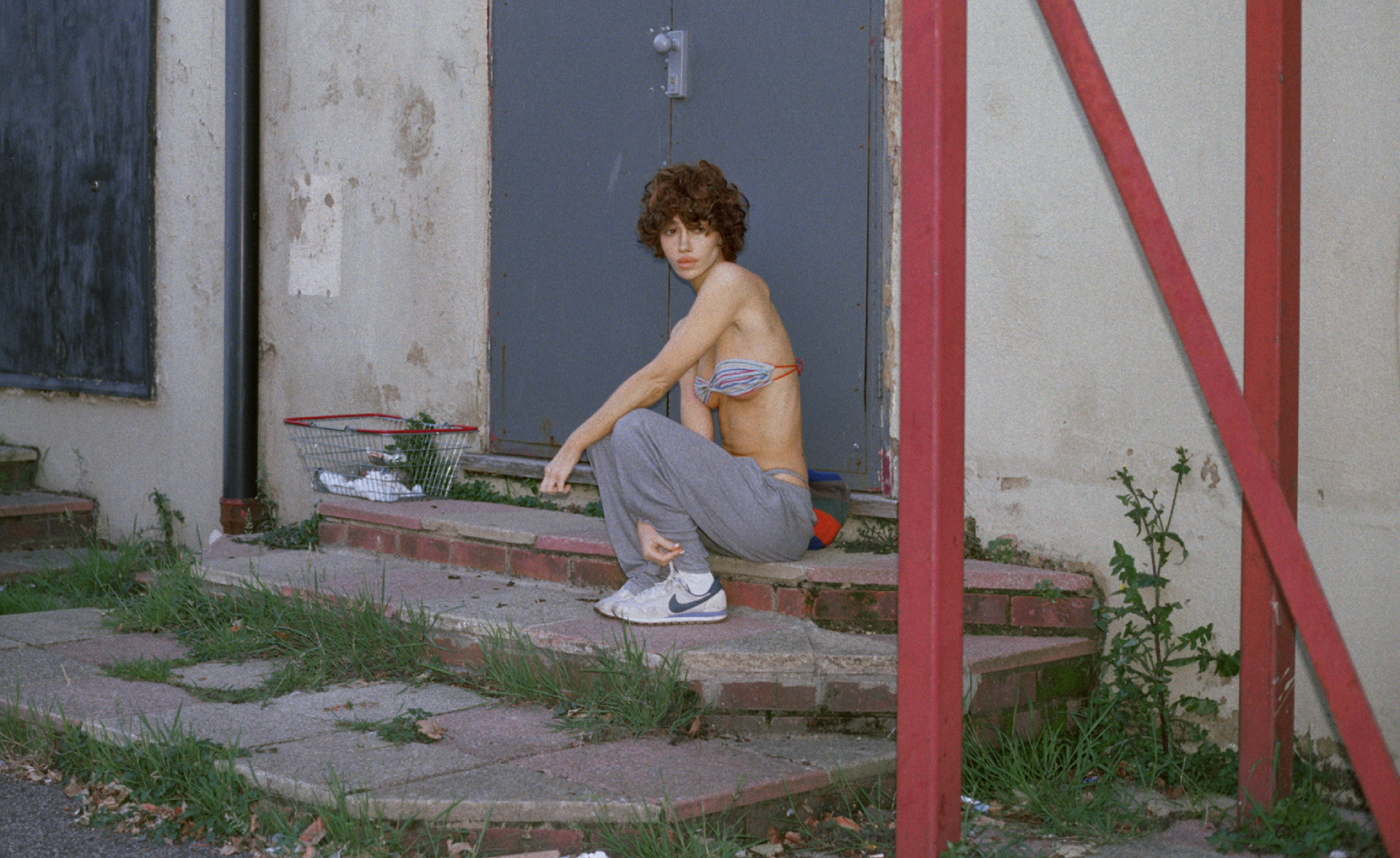 Nadia Lee Cohen distils a distant American memory into an unflinching new photo book
Nadia Lee Cohen distils a distant American memory into an unflinching new photo book‘Holy Ohio’ documents the British photographer and filmmaker’s personal journey as she reconnects with distant family and her earliest American memories
-
 Out of office: The Wallpaper* editors’ picks of the week
Out of office: The Wallpaper* editors’ picks of the weekIt’s been a week of escapism: daydreams of Ghana sparked by lively local projects, glimpses of Tokyo on nostalgic film rolls, and a charming foray into the heart of Christmas as the festive season kicks off in earnest
-
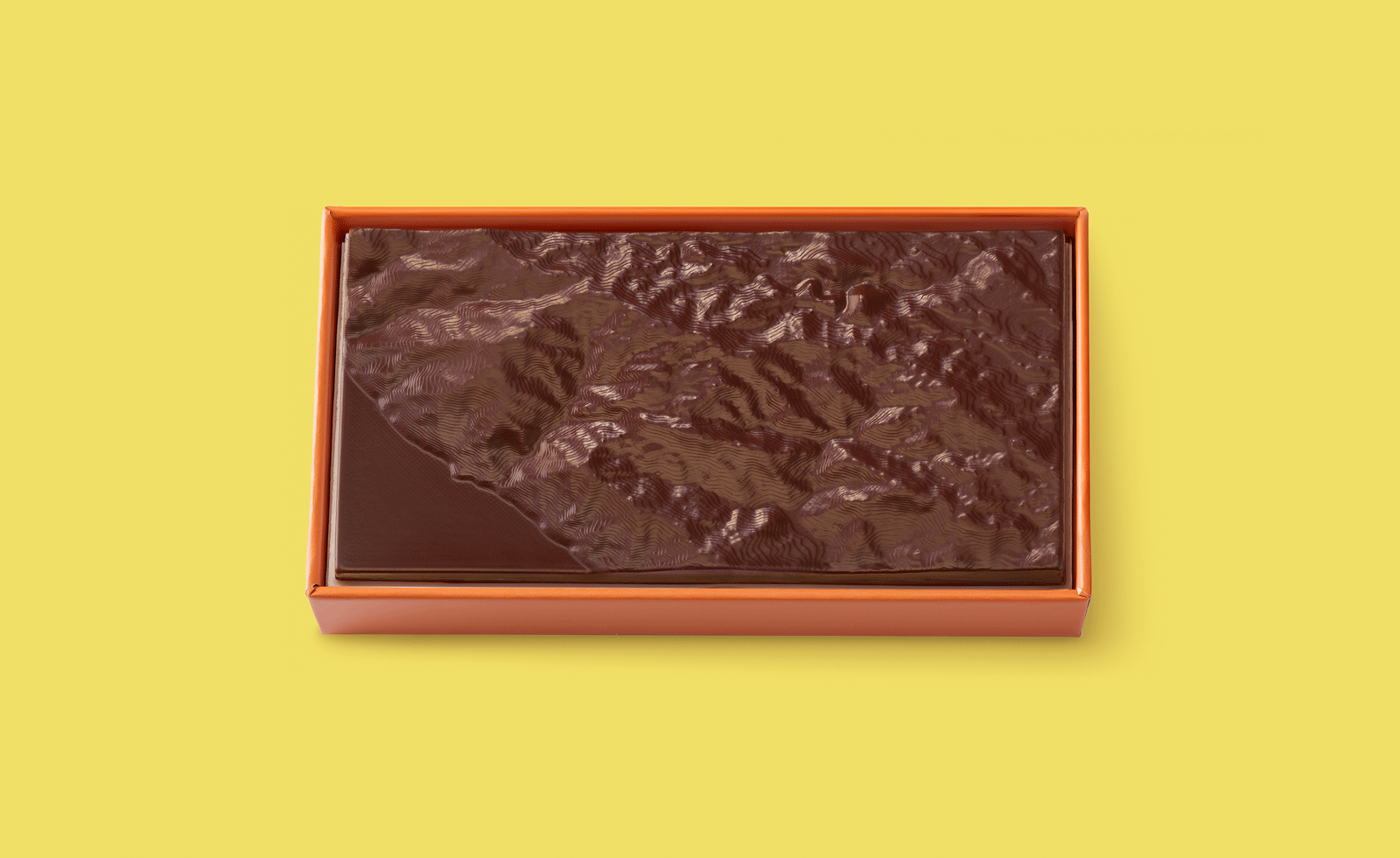 Ed Ruscha’s foray into chocolate is sweet, smart and very American
Ed Ruscha’s foray into chocolate is sweet, smart and very AmericanArt and chocolate combine deliciously in ‘Made in California’, a project from the artist with andSons Chocolatiers
-
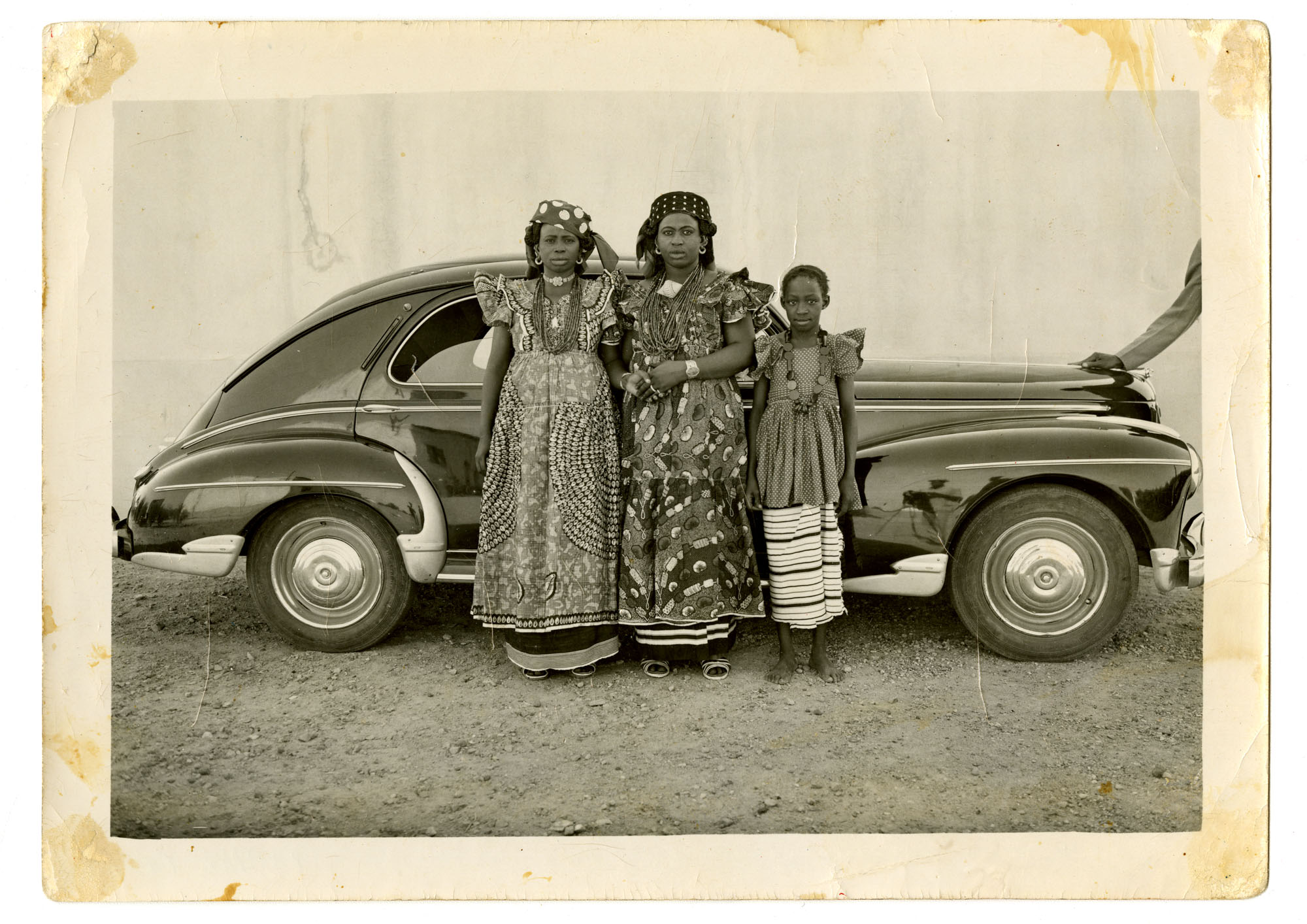 Inside the work of photographer Seydou Keïta, who captured portraits across West Africa
Inside the work of photographer Seydou Keïta, who captured portraits across West Africa‘Seydou Keïta: A Tactile Lens’, an exhibition at the Brooklyn Museum, New York, celebrates the 20th-century photographer
-
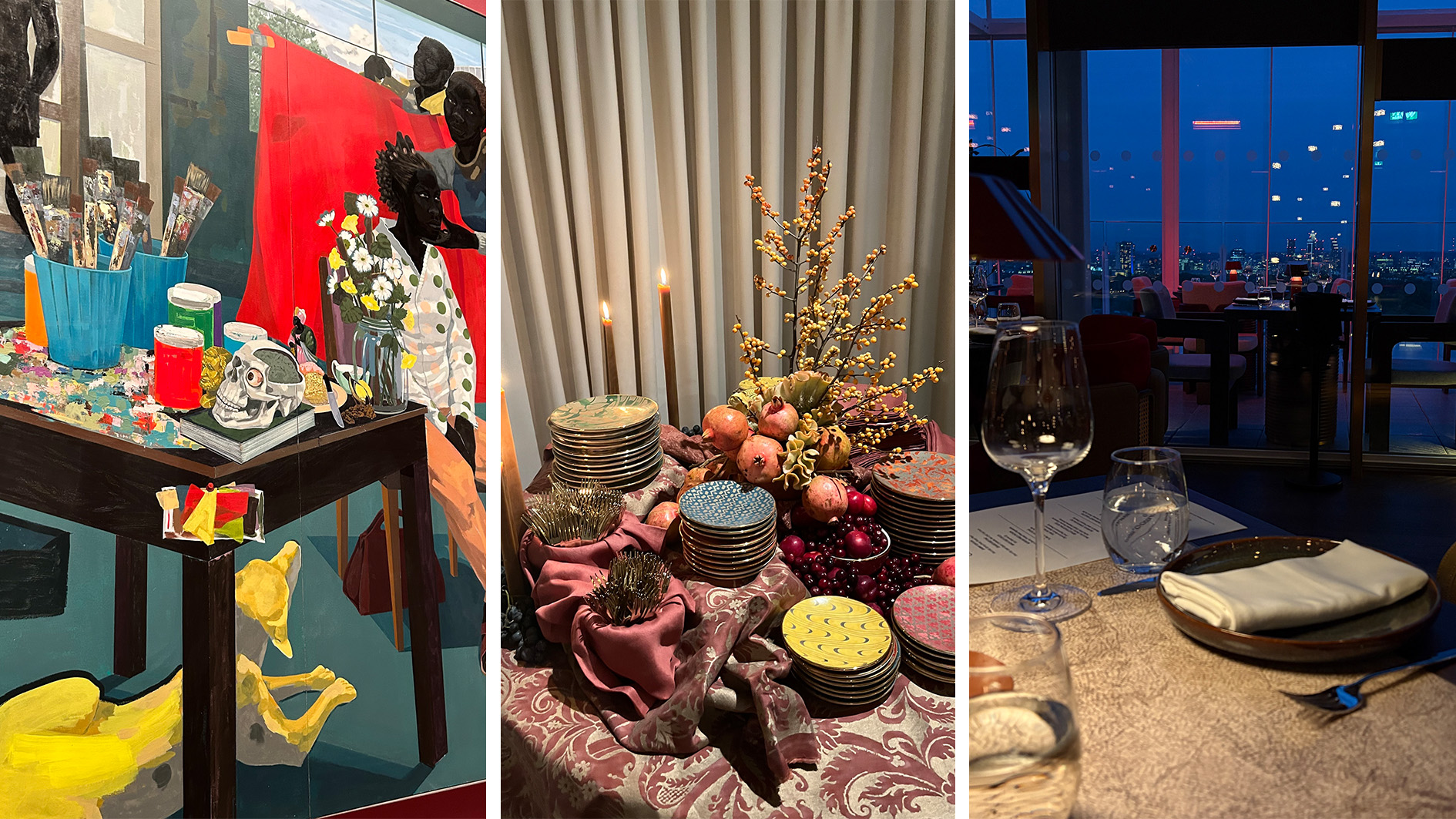 Out of office: The Wallpaper* editors’ picks of the week
Out of office: The Wallpaper* editors’ picks of the weekFrom sumo wrestling to Singaporean fare, medieval manuscripts to magnetic exhibitions, the Wallpaper* team have traversed the length and breadth of culture in the capital this week
-
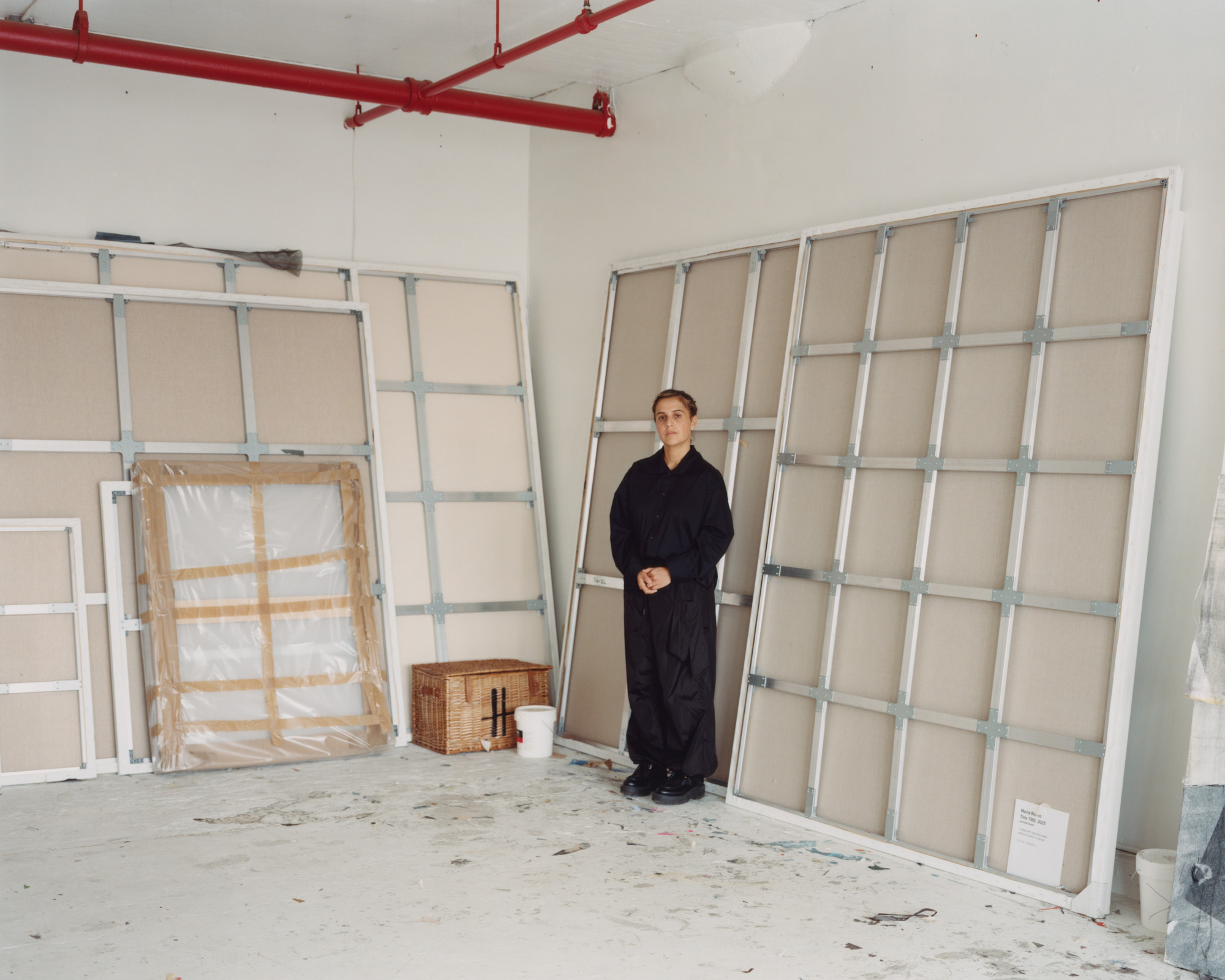 María Berrío creates fantastical worlds from Japanese-paper collages in New York
María Berrío creates fantastical worlds from Japanese-paper collages in New YorkNew York-based Colombian artist María Berrío explores a love of folklore and myth in delicate and colourful works on paper
-
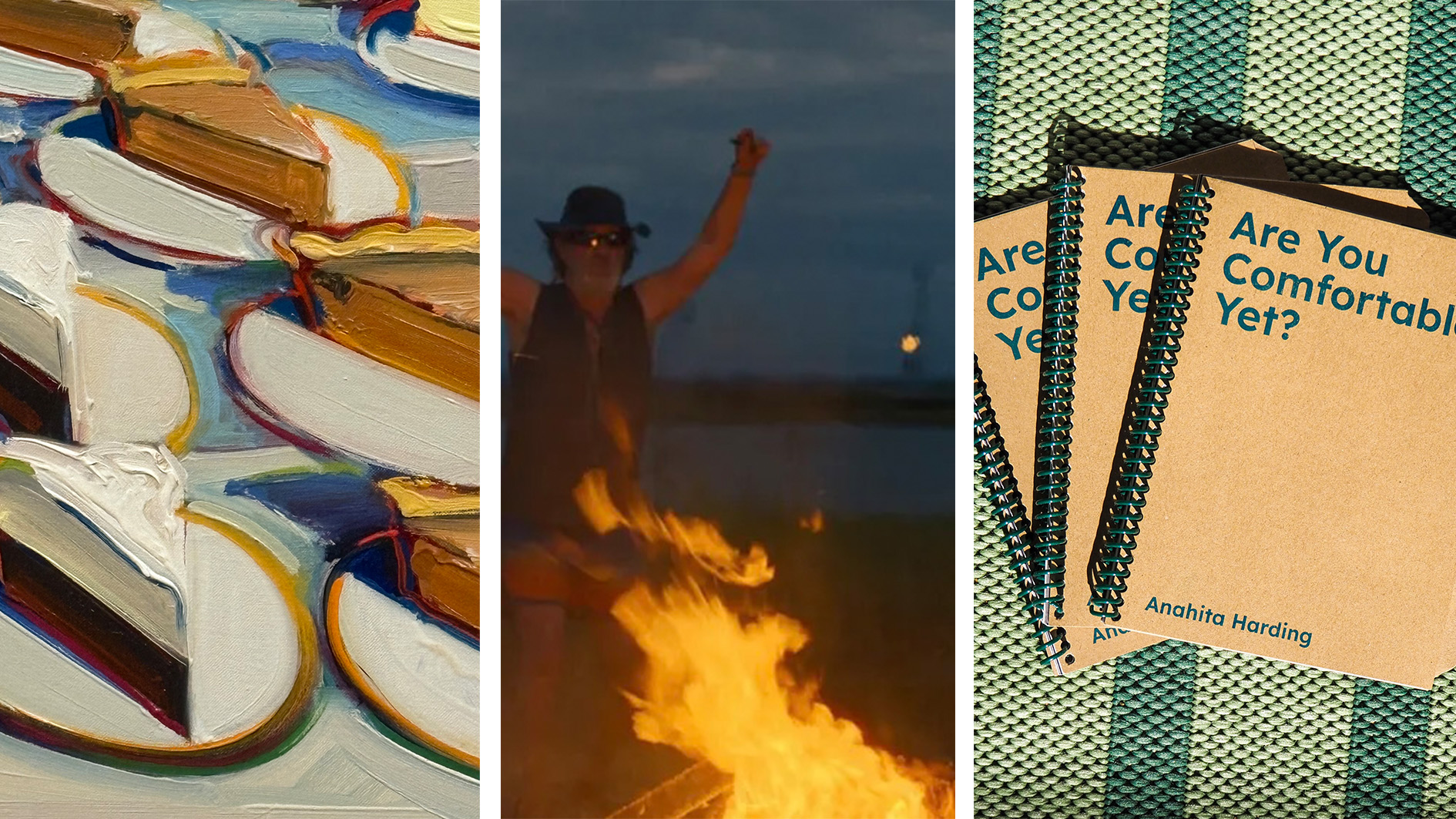 Out of office: the Wallpaper* editors’ picks of the week
Out of office: the Wallpaper* editors’ picks of the weekAs we approach Frieze, our editors have been trawling the capital's galleries. Elsewhere: a 'Wineglass' marathon, a must-see film, and a visit to a science museum